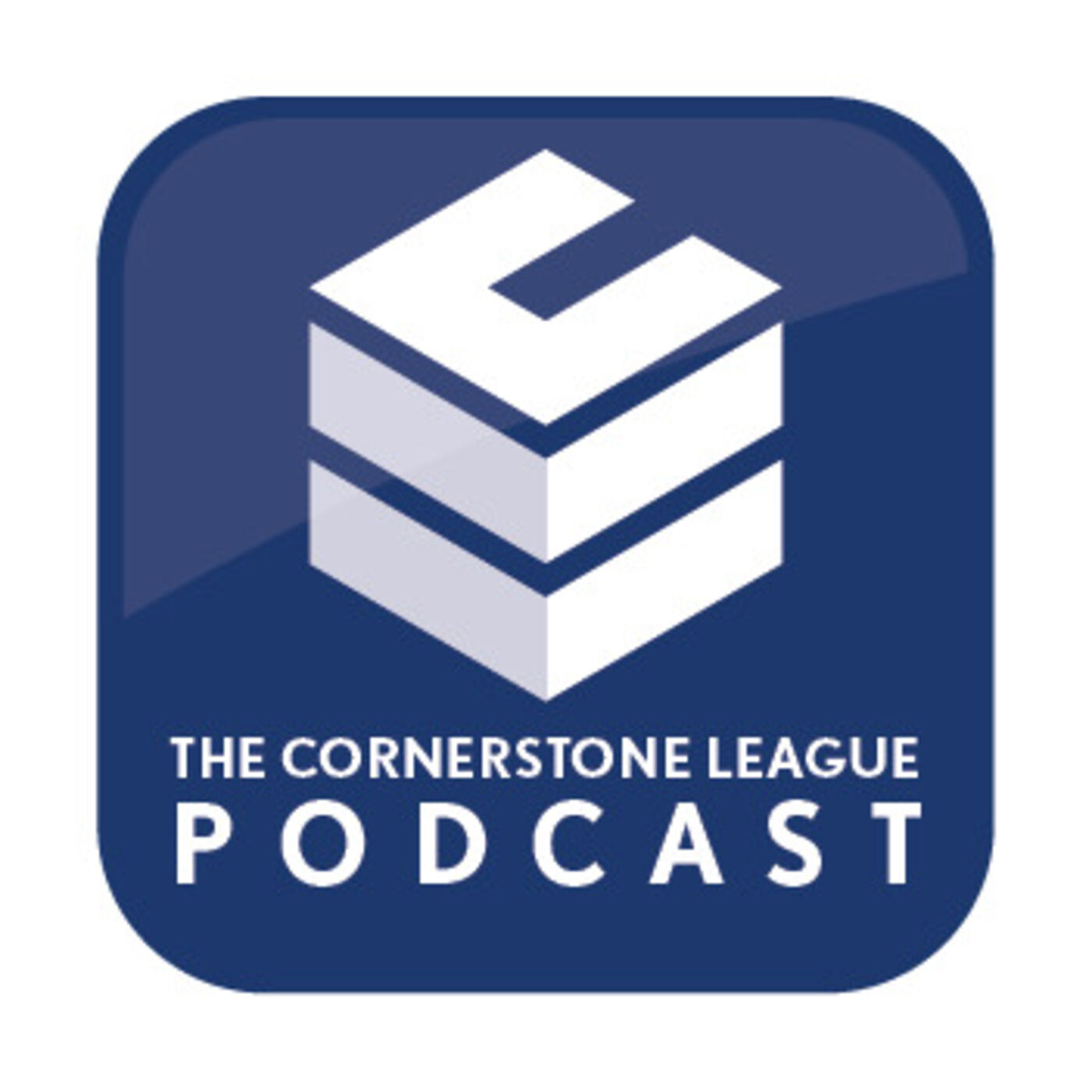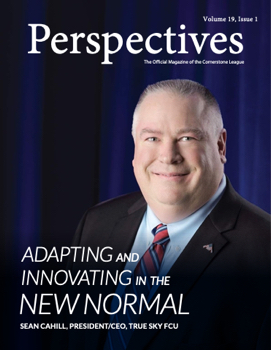

The Bowtie Economist Entertains and Informs at IMPACT 2022
Nationally acclaimed economist Elliott Eisenberg, also known as the Bowtie Economist, closed out last week’s IMPACT 2022: Annual Meeting and Council Forum with a lively session about the state of the economy, the labor market, inflation, housing, and related forecasts.
Eisenberg encapsulated the last few years of the American economy during a pandemic, including the depressed economy in 2020 while people were quarantining at home—at the same time retail sales went up 20% and then up to 50% in 2021.
“I thought we had enough stuff!” Eisenberg proclaimed. “We have an insatiable demand for stuff. We’re buying our brains out! It’s weird, we’re not happy, but we’re buying like crazy. It’s all because of COVID.”
Eisenberg reports that the vaccination rate among the elderly in China is very low and their vaccines are not very effective. “What’s happened now is that the virus has mutated, and they’re having a hard time containing it,” he said of the Chinese. “They’re going to have a hard time for the next year, and that’s going to affect our supply chain.”
It’s a matter of capacity utilization, he said. “We can’t get supplies, we can’t get transportation, we can’t get a lot of things, but we’re making it work. This is evidence that we’ve learned to live with COVID.”
As additional evidence, he said, “Capital goods are superb. Housing is a bust, but the recovery goes on. Manufacturers have new orders for nondefense capital goods, excluding aircraft, which is great for the economy. And look at corporate profits. They’re phenomenal. Interest rates are low, and everybody’s raising prices. But if you drive by a car dealer, you’d think they were selling asphalt.”
That said, Eisenberg reports, “Auto lending growth sank but may now be approaching the fastest growth in years.”
Eisenberg said the stock market is doing well and the Fed is hawkish. “So far, it’s held up,” he said. “If there’s a recession it won’t hold up, but it will recover. Recessions are like indigestion—not the end of the world, and it will be fine.”
Household savings rates were 34% in 2020, and he refers to “stimmy check one and stimmy check two.” We had tons of cash that created household wealth. From late February to late March, we saw “a month of badness, herky jerky at first, then Congress comes to the rescue.”
He said household and business bankruptcies are low, and small domestic banks’ loan loss reserves are starting to permanently decline after peaking in January 2021. “But banks are simply disappearing. Due to relentless economies of scale, 30 banks a quarter disappear. The pressures are unrelenting and aren’t going away.”
Exploring the Gap: A People Problem
According to Eisenberg, the labor market is way better than it appears. “Workers are coming back in droves,” he said. “From 2000 to 2002, we lost 3 million workers. From 2008 to 2010, we lost 8 million jobs. In 2020, we lost 18 million jobs, but we got them back way faster than we could ever have imagined.”
“There’s not a worker problem,” he insisted. “It’s a demand problem. The gap between workers’ supply and demand is causing inflation. Unemployment went up—why? The labor market shrunk. People dropped out of the labor market in 2020. The labor force participation rate is steadily improving, bringing back about 1.5 million.”
So where are the rest of the workers? Why are they not returning faster? Some of them retired. Even poor people retired. But some of them are just rich. Meanwhile, 65-year-olds are coming back to work because they have to.
The fact is, a lot of people died, he said. Many people died of COVID, but many died of other diseases like cancer because they couldn’t get treatment due to the beds being occupied by people with COVID. Right now, American deaths due to COVID have exceeded 1.2 million.
At the peak of the dotcom boom, 2.4 million people quit their jobs every year (2002–2004). Now it’s 3%. The quits are high, and unemployment is low. “The Fed has got to get this under control,” he said mockingly. “Look at these quitters! They’re the ones who have the guts to leave and get more money!”
Eisenberg explains, “We’re all feeling the impact of inflation, and as a result we’re going to our bosses and saying show me the money. More money will lead to more demand, which will drive up prices. ‘The Fed must stop this so the ratios can get back to normal!’ The truth is, all the Fed can do is slow down the economy.”
Eisenberg showed a graph that he said defied the law of logic. “Inflationary pressures are powerful. Watch the core numbers closely. The highest it’s been in 40 years, and it came out of nowhere,” he said. “The good news is that this will eventually go away. Look at the cost of services, they’re steadily rising. The Fed must raise rates. Wages are going down, and businesses are not keeping up with inflation.”
“The yield curve has been a very good predictor and a sign of recessions to come,” he adds. “If the Fed doesn’t raise rates, they will stay in recession.”
Housing
America’s housing availability went from 4 million to 180,000. “Right now, you cannot buy a new home; there aren’t any available and refinance activity is sinking,” Eisenberg said. “Yet, housing is a great sector to be in because there’s no rental vacancies.”
As for the limited occupancy, he said, “We all broke our leases from COVID and ran away from downtown. You can’t buy new, you can’t buy existing, and you can’t rent. So, what do you do? You buy a trailer! But even those have gone up in price by $30,000. For $140,000 you can buy a trailer, but you don’t even own the land.”
Takeaways
Despite the adversity, Eisenberg said, “Things are definitely improving, and growth is strong just about everywhere—just look at the data.”
He stresses that the country is moving strongly south and west, according to population growth by state, 2010–2020. “The best states are the southern states and the Carolinas. Then there’s the superstar state of Texas. Then there’s the intermountain west because the houses are cheap, weather is great, and taxes are low. Texas is booming. If the recession hits, it won’t be till 2023.”
According to Eisenberg, 2022 will be a solid year. The Fed will keep raising rates and the U.S. should create about 3.5 million jobs. Inflation should soon peak, but spending on services will raise inflation, unemployment, and inventory.
Watch the inventory in the housing market, Eisenberg said. Sit back and watch for inflation.
Make sure your balance sheet is well-prepared for a rising interest-rate environment.
Subscribe
Sign up to the receive the weekly Leaguer email. Existing subscribers can manage their subscription.

